As the Crow Flies — a classic
If you were a publisher betting on a coffee table book about a year in the life of one of triathlon’s greatest practitioners, you might be sweating bullets if you ponied up fair advance for a renowned photographer to follow around a 38-year-old Australian for an 12-month look inside the life.
Not to forget posting an even more substantial advance for the authorship of the quintessentially most professional athlete ever in the sport. Add to that the high cost of a first-rate printing job. With all that, it’s a tough bet that the book would find enough sales in the general public to make a profit outside the growing but still niche sport of triathlon.
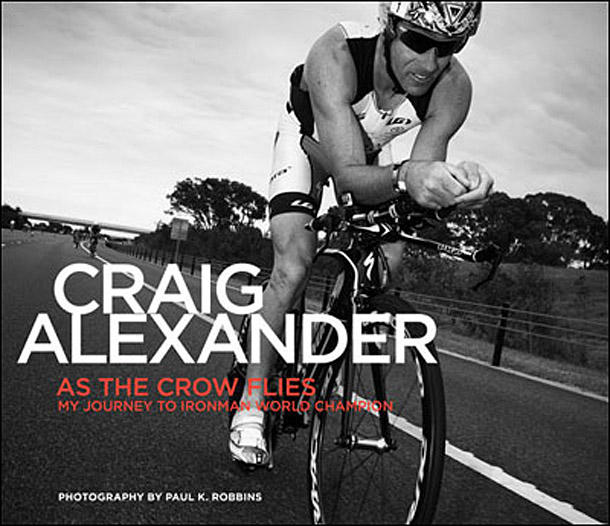
So many things about As the Crow Flies: My Journey to Ironman World Champion, written by Craig Alexander and photographed by Paul K. Robbins, could have been seen as a quixotic long shot. In an era of splashy color photography and in a sport which plays out in gorgeous tropical and mountain venues, this 10.5×11 inch book (which folds out to a luxurious, widescreen 22×10.5 inches in double page spreads) devotes nearly 200 pages to rigorously old school black and white photographs.
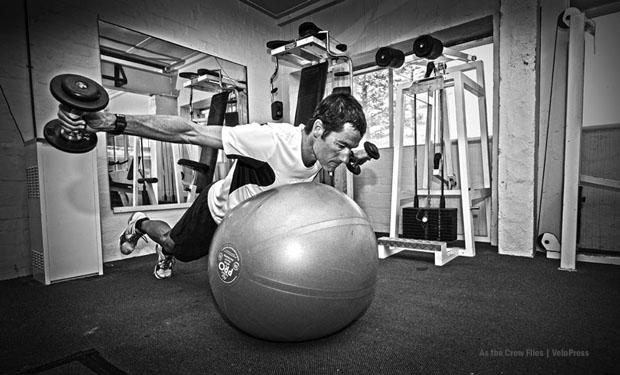
Perhaps even more risky, in a sport where the six-time Ironman champion Mark Allen retired from Ironman racing at age 37, Alexander would be hoping to break new ground competing at age 38. If the responsible financial officers at Velo Press were on their game, they would also have noted that Alexander was coming off an ominous 4th place finish at Ironman Hawaii and, if Vegas odds makers were setting a line for his performance the next year, a Top 10 finish might have been the even money bet.
For an ordinary champion, the risk was this could be a nostalgic look inside a farewell tour. Or worse, the subject of the book might break down with illness or injury, falling prey to the inevitable stresses of a sport that demands such prodigious training mileage and eight hours of unforgiving high performance output in hellish heat, wind and humidity. Not to forget immune systems that must endure the communal air shared with flu-plagued travelers on 12 hour flights halfway around the world.
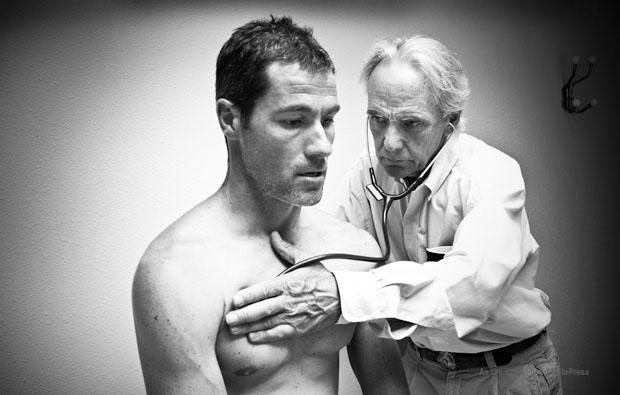
Indeed, Alexander was hit in late March with a career-worst virus in his upper respiratory tract that doctors labeled “the hundred days cough.” The coughing was so bad he broke a rib and his first race back at Alcatraz he barely stumbled through to the finish.
But instead of killing the project, these early challenges and long odds made for a riveting book which is capped by Alexander’s greatest triumphs – dominating wins at the Ironman 70.3 World Championship in Las Vegas (his second) and a legend-validating third victory at the Ironman World Championship in Hawaii four weeks later. And more than topping Mark Allen’s record as the oldest man, 37, to win Ironman Hawaii, Alexander did it by breaking the 15-year-old race record set by Luc Van Lierde – while dramatically fighting off cramps in the final miles.
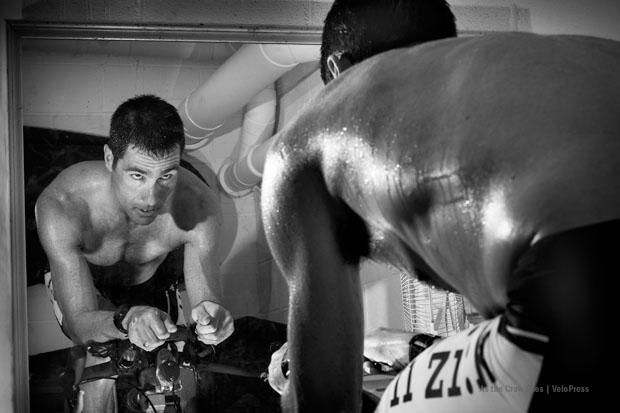
In an equally impressive coda, Alexander broke the 8-hour barrier while winning the inaugural Ironman Melbourne against one of the toughest fields outside Kona. He showed that his mantra that age is only a number does not have a Use By date that fits him.
So how does the book capture the man and this great slice of history?
First the photographs. Robbins’ black and whites are on the level of the great Life Magazine photographers and other masters of the documentary form. Without the eye candy of color, they demand great composition, decisive moments and rigorous technical mastery that capture the drama of quiet and explosively public moments with equal insight.
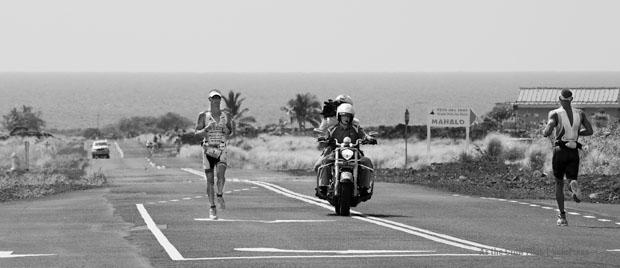
Forgive this long list, but there are so many photographs that strike this reviewer as original and powerful. I particularly like Crowie with flyaway dumbbells on the Swiss ball (p. 4), standup paddling with his children (p. 12), the training ride from Cronulla to Wollongong (pp.16-17), the sweaty intensity of his indoor bike workout (p.18) , a solitary run from Cronulla to Boat Harbour (pp.20-21), striking a yoga pose on the bottom of an Abu Dhabi pool (p. vii), a shot of his doctor checking his lungs during the infection (pp. 43-44), a classic swim exit (pp. 52-53) and run shot (pp.54-55) at Alcatraz, a David Lean-style wide angle style shot of a training run in Boulder (pp. 76-77), a unique shot of the Las Vegas medal ceremony (pp.84-85), a panorama of Crowie running the Energy lab at Kona (pp. 112-113), a shot of a tapped out Alexander in the Kona medical tent (p. 120), a shot with Crowie and Dave Scott (p. 134), a close-up beauty of Crowie swimming with the sparkling water trailing from his hand pp. 140-141).
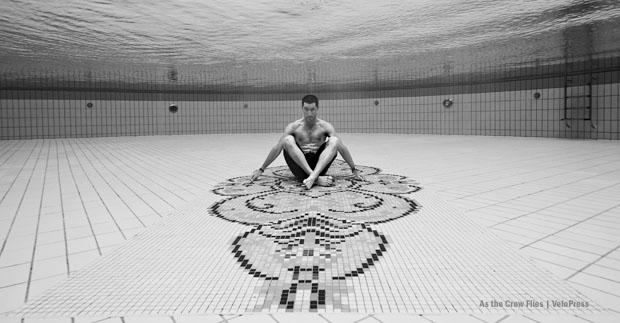
But most revealing of all, Robbins captures many beautiful, intimate photographs with his family such as a moment with wife Neri in their Australian kitchen (p.24), the shot of Lucy and Austin with their smiling dad (p.93) and a photo of Crowie playing with Austin and his toys (p. 146-147). That, as the copy reveals, is the core strength of the man – a man who insisted on a balance between a career and family life that may be his greatest achievement as a champion in such a demanding sport that reduces so many to a kind of selfish tunnel of ambition.
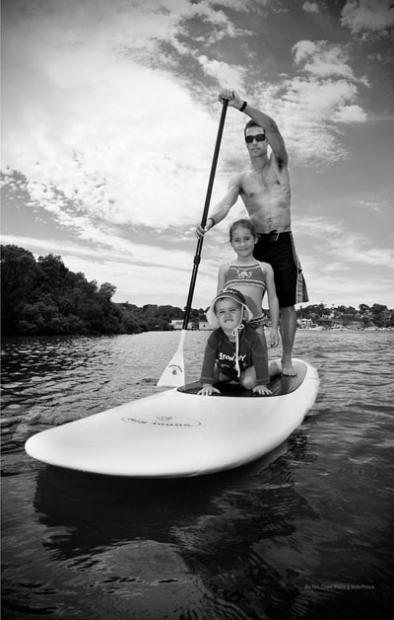
Alexander tells us much about his training, his life split between his mid-season headquarters in Boulder, Colorado and Australia, his diet and how he handles his prodigious sponsorship commitments. He offers a detailed account of his early 2011 illness setback and recovery, and the buildup to his unprecedented Ironman 70.3 and Ironman World Championship double. He also gives a diplomatic version of his split with a longtime bike sponsor. And it’s not all PR – he owns up to his strategic failures on the bike at Kona in 2010 and what it took to transform himself into an alpha bike rider in 2011.
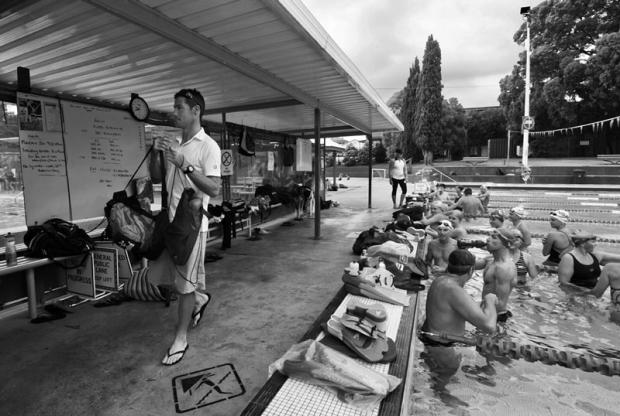
Through it all, you get a picture of the man with a most professional approach to his sport. He writes clearly and plainly that it takes a village to make a champion and shows how much he depends on Neri, his agent Franko Vatterott, coach and technical advisor Mat Steinmetz, Kona massage master Gary Shields, his sponsors, mentors like Greg Welch, Dave Scott and Mark Allen, his training partners, lifelong friends and all the rest of his closely knit support group.
When in the midst of reading this book, you might wonder what are his dark moments, what are his weaknesses, what are his nightmares? After the book is done and read, you might realize that this is a man who lives by an admirable, old fashioned code in the midst of a 21st century sport filled with space age materials and NASA-grade speed technology and cutting edge biofeedback training tools. But his heart and soul remain fully human and this book gives us a privileged look at the whole man.
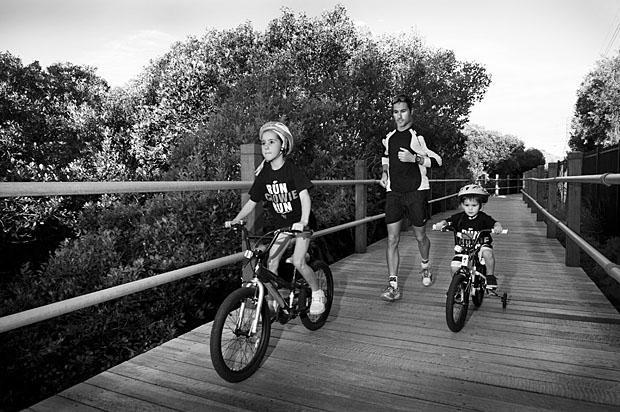
As the Crow Flies: My Journey to Ironman World Champion
By Craig Alexander. Photography by Paul K. Robbins.
Forward by Greg Welch.
Copyright 2012 – Velo Press. Hardcover. $39.95.
Publishing date: October 1, 2012.
All photographs © Paul K. Robbins



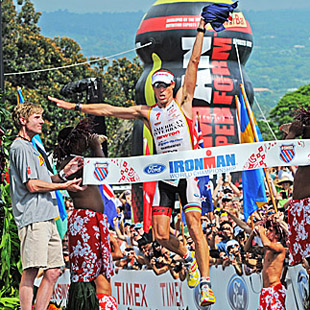
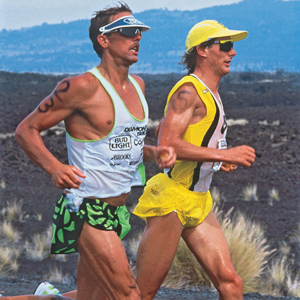

Start the discussion at forum.slowtwitch.com